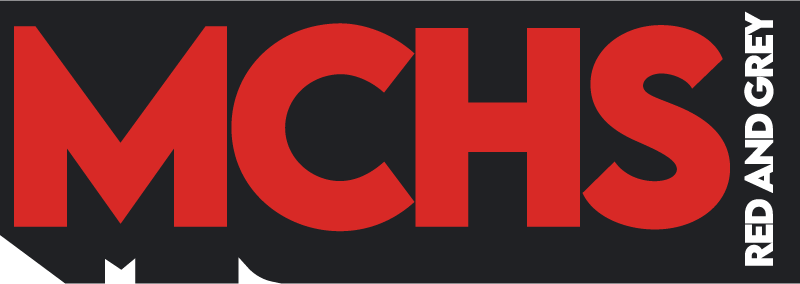Missouri students’ reading skills have dropped again, continuing a decline that started even before the pandemic. According to the latest data from the National Assessment of Educational Progress (NAEP), many students in Missouri, along with those in other states, are still struggling to return to pre-pandemic levels in reading and math.
This year’s NAEP results offer a glimpse into how students who started kindergarten during the pandemic are recovering academically. The test shows some improvement, especially in math, but the gap between high-performing students and those who were already struggling has grown wider.
Declining Reading Scores: A Growing Concern
In Missouri, the reading scores for fourth and eighth-grade students are lower than they were before the pandemic. Only about 27% of fourth-graders and 26% of eighth-graders in the state scored at a “proficient” level or higher in reading. This is a decrease from over 33% in 2019.
The term “proficient” means that students can understand what they are reading, explain it clearly, and analyze it. For fourth-graders, this means understanding basic concepts and events from what they’ve read, while eighth-graders are expected to draw conclusions from the text and back them up with evidence.
Reading recovery is expected to take longer compared to math because students’ early learning years were disrupted due to the pandemic. According to experts, reading skills are built over time, and any interruptions at the beginning of education can make it harder for children to catch up.
Math Shows Some Hope
On a more positive note, Missouri’s fourth-grade students made small improvements in math. In 2024, about 36% of fourth-graders scored proficient or higher in math, a slight increase from 2022. While this is good news, the scores are still not as high as they were in 2019, before the pandemic.
This improvement is part of a national trend, as students’ math scores have started to recover after a big dip following the pandemic. However, math scores for many students still remain below pre-pandemic levels.
Struggles for Lower-Performing Students
One of the most concerning findings is how much harder the pandemic has hit lower-performing students, especially in reading. These students are struggling the most to catch up. Nationally, the NAEP results show that students from lower-income backgrounds and Black or Hispanic students are falling further behind their peers. In Missouri, Black students scored 32 points lower in fourth-grade reading than white students, while Hispanic students scored 18 points lower.
To address this issue, Missouri introduced a program called the “Reading Success Program,” which helps struggling students by giving them individual plans to improve their reading skills.
The Role of Attendance in Student Performance
Another bright spot in the NAEP results is that students are missing fewer school days. Compared to 2022, fewer students reported missing a lot of school. Data from Missouri shows that 78.2% of students attended school 90% of the time or more. Attendance is linked to better academic performance, so this improvement is seen as a positive sign. However, lower-performing students are still more likely to miss school, which is something schools need to address.
Long-Term Efforts for Improvement
While there are signs of recovery, experts emphasize that it will take time to fully recover from the educational setbacks caused by the pandemic. Missouri has taken steps to improve literacy by passing laws to train teachers on better reading instruction methods. But it will likely take several years for these efforts to show significant results.
State education leaders say that recovery in reading may take as long as 10 years to see big improvements. They are hopeful that over time, programs like the Reading Success Program, along with better teaching methods, will help improve literacy rates for all students.
Conclusion
In summary, while Missouri students are showing some recovery in math, reading scores remain a concern. The gap between higher and lower-performing students is wider than before, and more work is needed to ensure that all students have the opportunity to succeed. It will take time, but with continued efforts and support, Missouri’s education system can help students recover and thrive in the coming years.
(Source : kcur.org)


 by
by 

